The Gothic style is a favorite for many, particularly when it comes to ecclesiastical structures. Indeed, who is not impressed with the majesty of the ordered cosmos arrayed on the facade of Reims cathedral, the other-worldly luminosity of the Saint Chapelle (below), or the virtuosic vaulting of King’s College Chapel in Cambridge? It can rightly be said that, just as God is that than which nothing greater can be conceived, so these masterpieces are that than which nothing greater can be built.
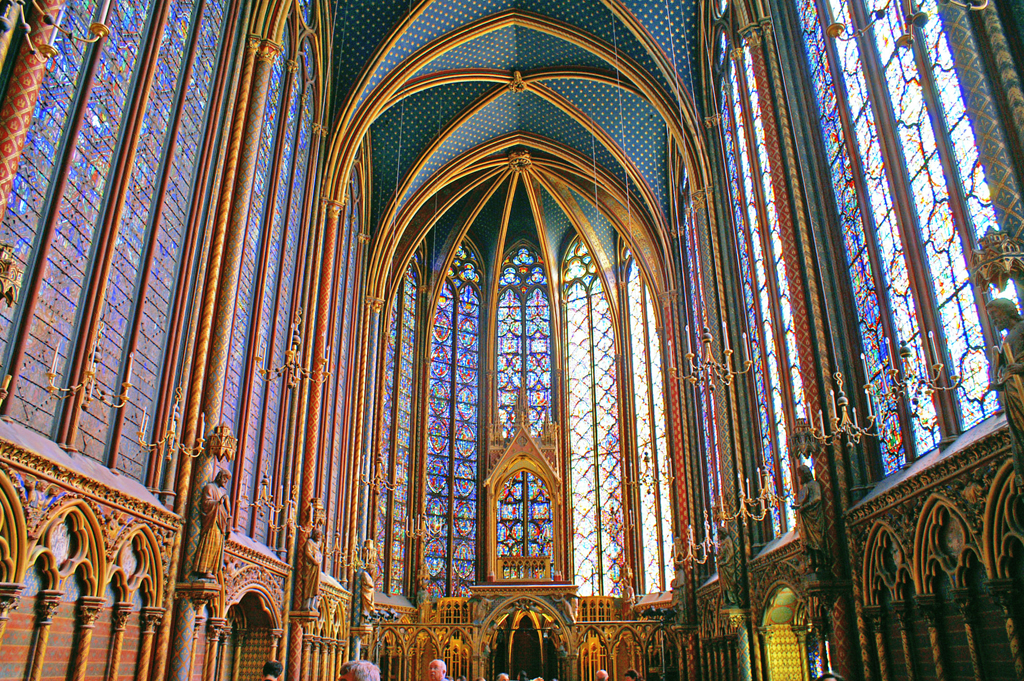
The Sainte Chapelle, Paris, France.
(Image source)
Unfortunately, the Gothic is often opposed to the Classical, as if they were two totally different animals with totally different agendas representing totally different worlds. I suppose we can thank the 19th century style wars for this architectural dualism. Some in that debate went so far as to suggest that Gothic was the Christian style, while Classical was the pagan style. To me that is like arguing that true Christian poetry is to be written in terza rima, while ottava rima is for pagans.
In an effort to restore a hermeneutic of continuity to the question, let’s have a brief look at what the canonical Classical forms and the Gothic forms have in common. For the Gothic style did not arise sui generisfrom the medieval mind and culture. Rather it was a perfectly natural development of the architectural culture which preceded it. The Gothic was a stylistic twist on the Romanesque, which itself was a twist on the Byzantine which preceded it, etc. etc. Each generation experiments with the formal world into which it is born, looking for improvements, recovering lost knowledge, and expressing new ideas.
A twelfth century French abbot by the name of Suger is widely credited with having mid-wifed the Gothic style. His new idea was: God is light. He was a proponent of the a theological school of thought which saw in light the perfect metaphor for God. To express it, he simply harnessed the structural advantages of the pointed arch, the ribbed vault, and the flying buttress to make the windows as large as possible. Part of the inscription on the facade reads:
The noble work is bright, but, being nobly bright, the work
Should brighten the minds, allowing them to travel through the lights
To the true light, where Christ is the true door.
The golden door defines how it is imminent in these things.
The dull mind rises to the truth through material things,
And is resurrected from its former submersion when the light is seen.
Otherwise, the story of the Gothic style is one of continuity with the tradition. The very plans of these churches all derive from the ancient Roman basilica. Many of their facades, like that of Suger’s church, the historic Basilica of St. Denis, below, make prominent use of the ancient Roman triumphal arch motif: major arched opening in the center, and minor arched openings to either side, just like the Arch of Constantine. The rose window above, a motif which would go on to be developed to spectacular effect (have a look at Strasbourg Cathedral), originated with the Roman oculus. And the Corinthian order used throughout comes, of course, from the ancient Greeks.
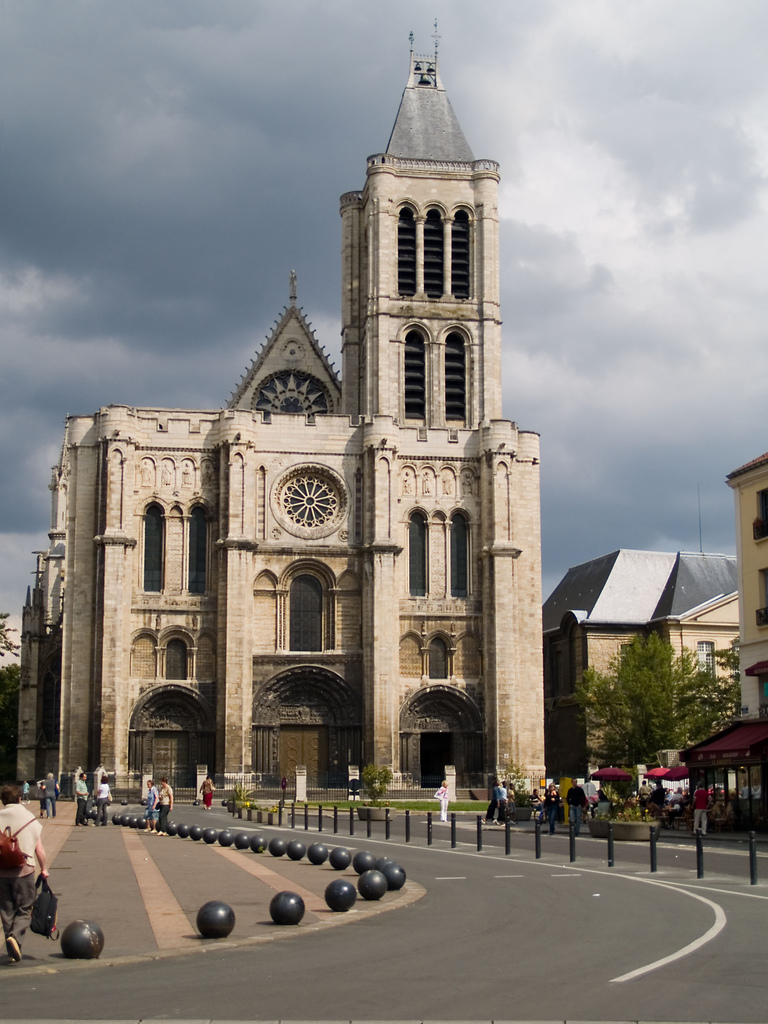
The facade of the Cathedral Basilica of St. Denis outside Paris.
(Image source)
In the ambulatory, below, we can have a closer look at the Corinthian columns. The proportions of the free-standing columns are roughly standard. The capitals sport a slightly exaggerated cincture at their base, a basket of leaves, volutes at the corners, and an over-developed abacus block above (or perhaps it is an underdeveloped entablature). The column bases are fairly standard Attic bases. One can see Greece and Rome clearly in those columns. Against the walls, the columns are essentially the same, only proportionally thinner.
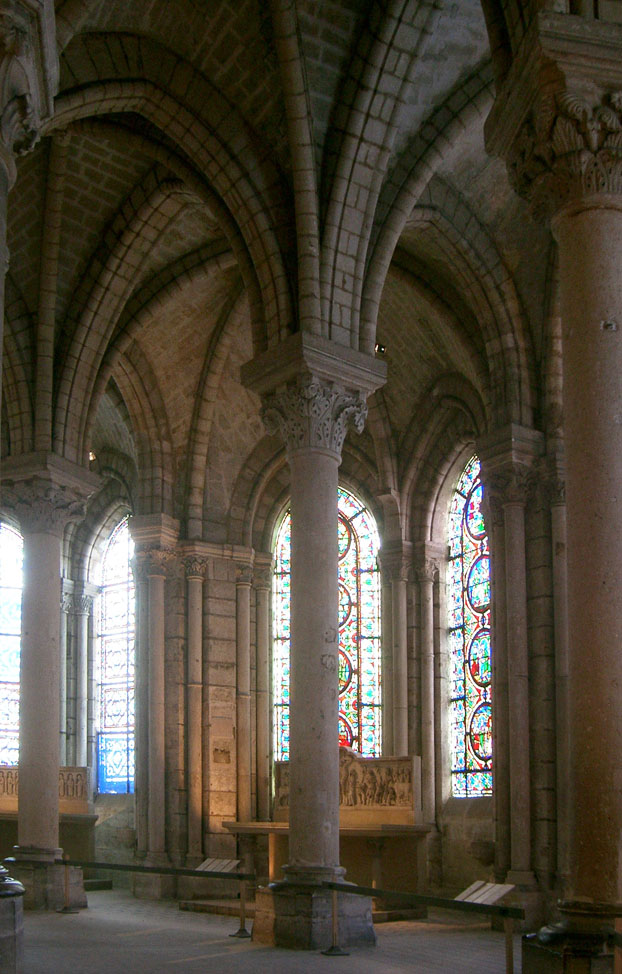
The ambulatory of the Cathedral Basilica of St. Denis.
(Image Source)
To summarize, Gothic architecture is classical. Or to put it another way, the Gothic style is a collection of wonderful experiments in that great laboratory called the Western Tradition.
For you Goth-o-philes, and for those of us who continue to work in that laboratory, I’ve just received news (from a former student of mine, and now Ph. D. candidate at Columbia University, Zachary Stewart) of a wonderful resource called Mapping Gothic France. It’s a work in progress (good work, Zach!), but there are already lots of beautiful photographs there, including details, and useful historical information. Prepare to lose track of time.

The North Transept of the Cathedral Basilica of St. Denis.
From Mapping Gothic France

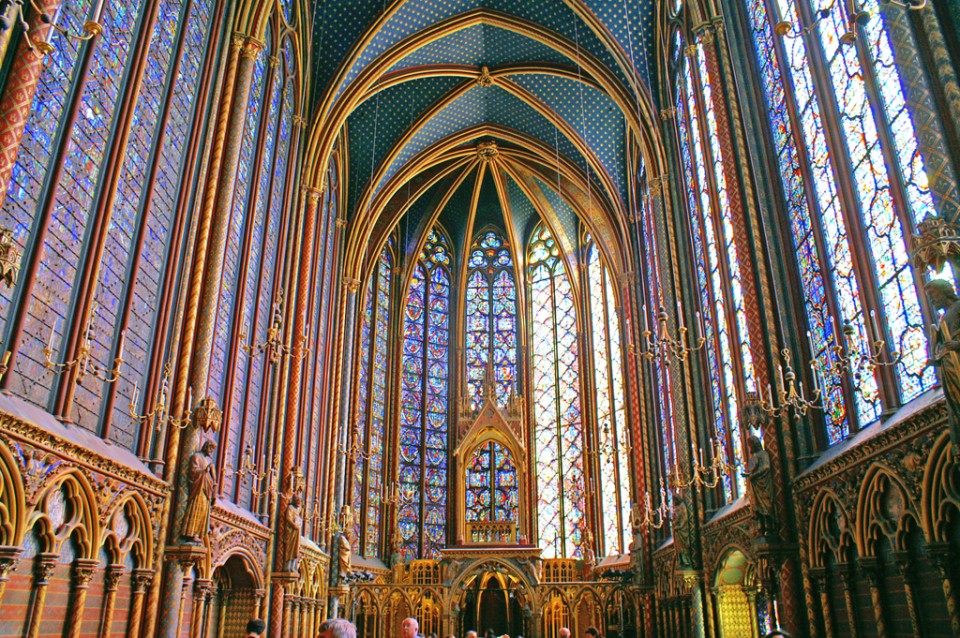
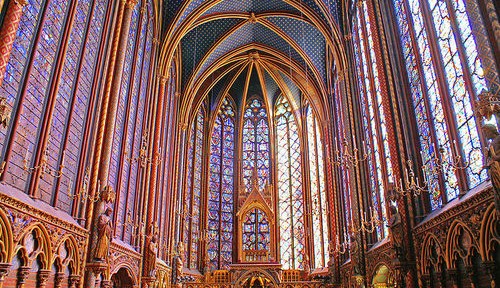
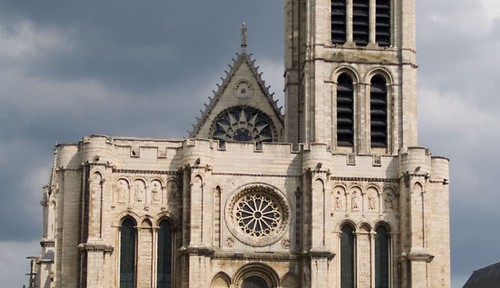
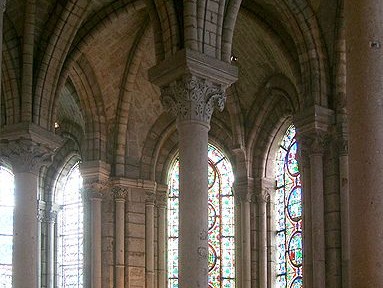
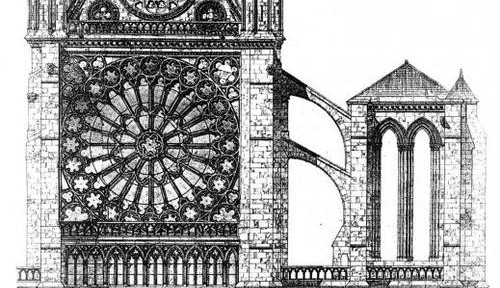
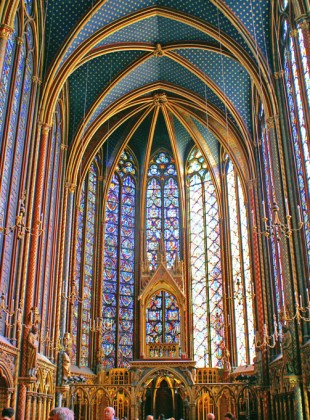
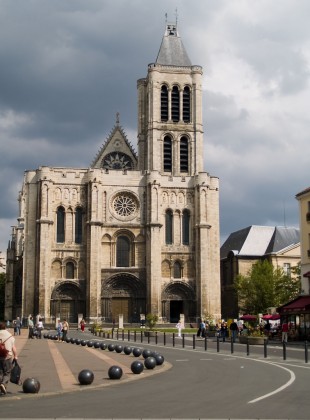
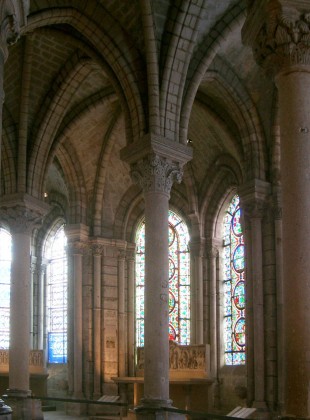
Mr. Marcantonio, Can you recommend a rigorous, but lay-friendly introduction to the Gothic style? Something that would continue what you’ve done here, ie. relate the Gothic back to previous styles, especially Classical?
Most history books I know emphasize what changes rather than what stays the same. What you could do is read Geoffrey Scott's excellent The Architecture of Humanism to help firm your grasp of the underlying principles, and to help you see where an emphasis on difference can lead one astray. It's quite readable. Then go through the chapters on Gothic of an early edition (17th or earlier) of Sir Banister Fletcher's wonderfully articulate A History of Architecture.
its very historic and love to visit that place and i love to read history of sch a nice places. its very interesting and informative . don’t change the historical places just try to maintain them